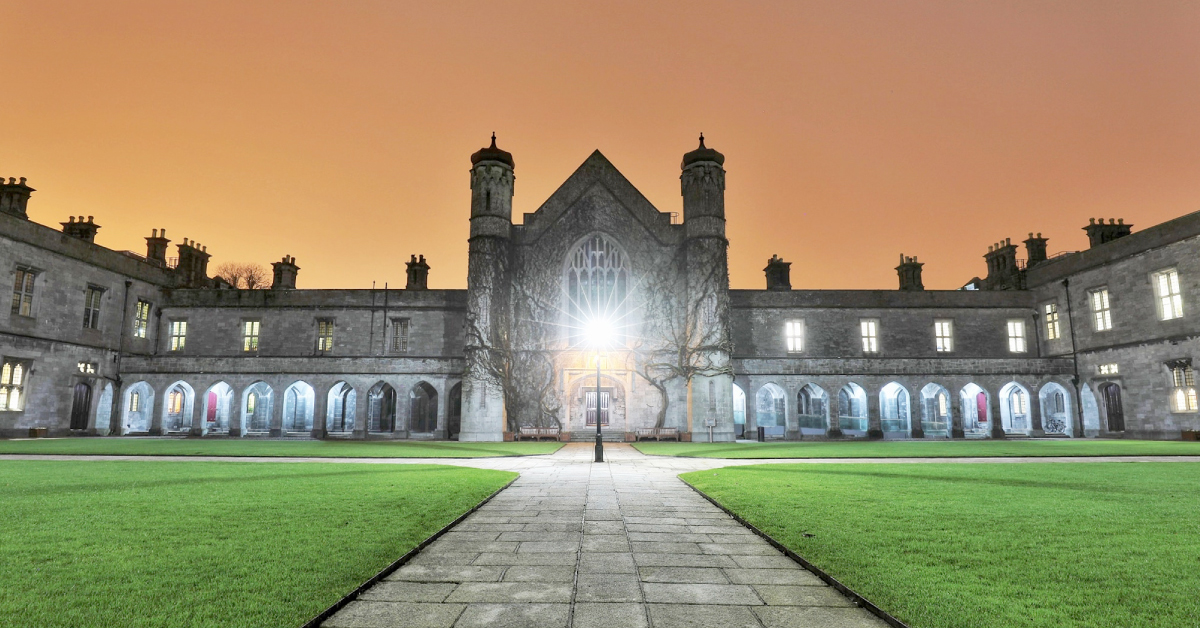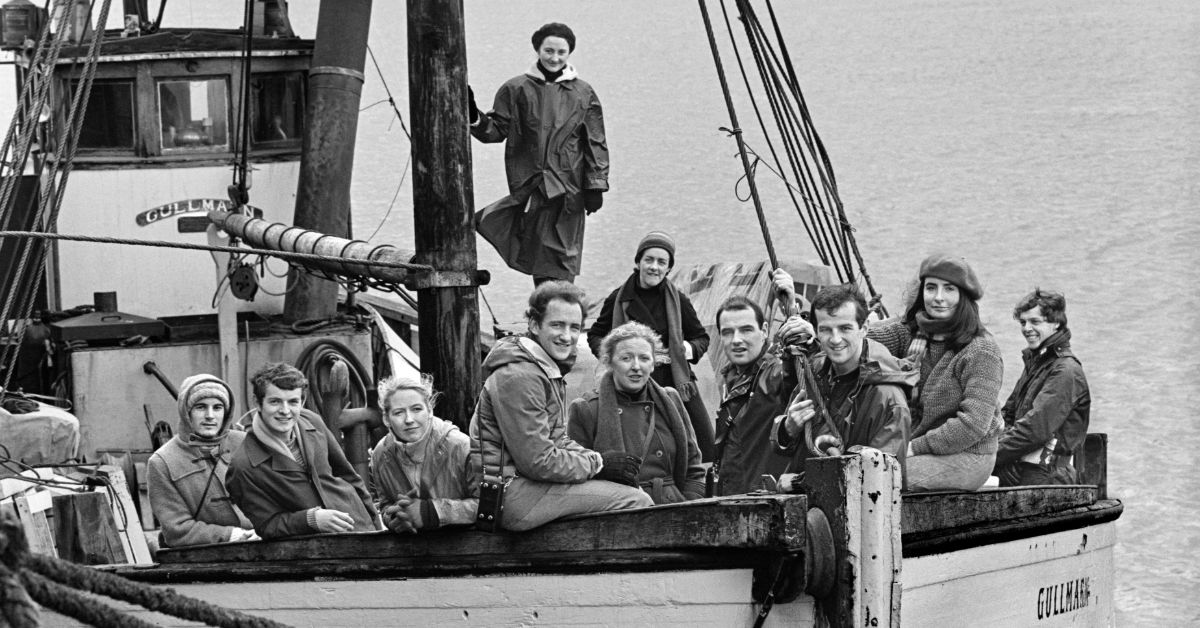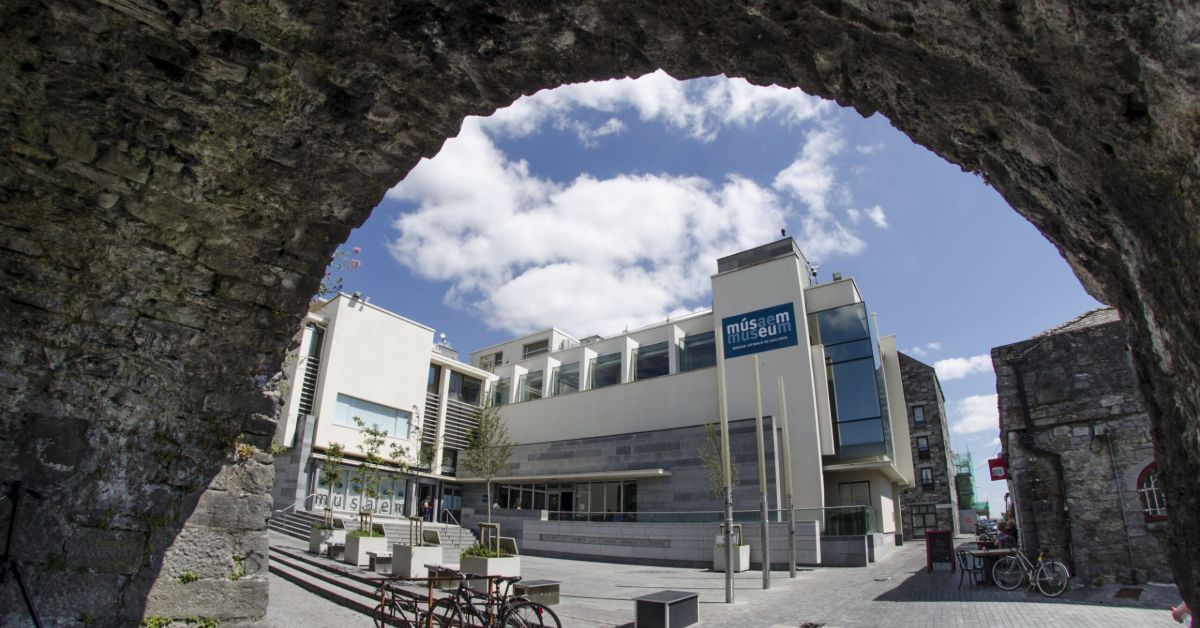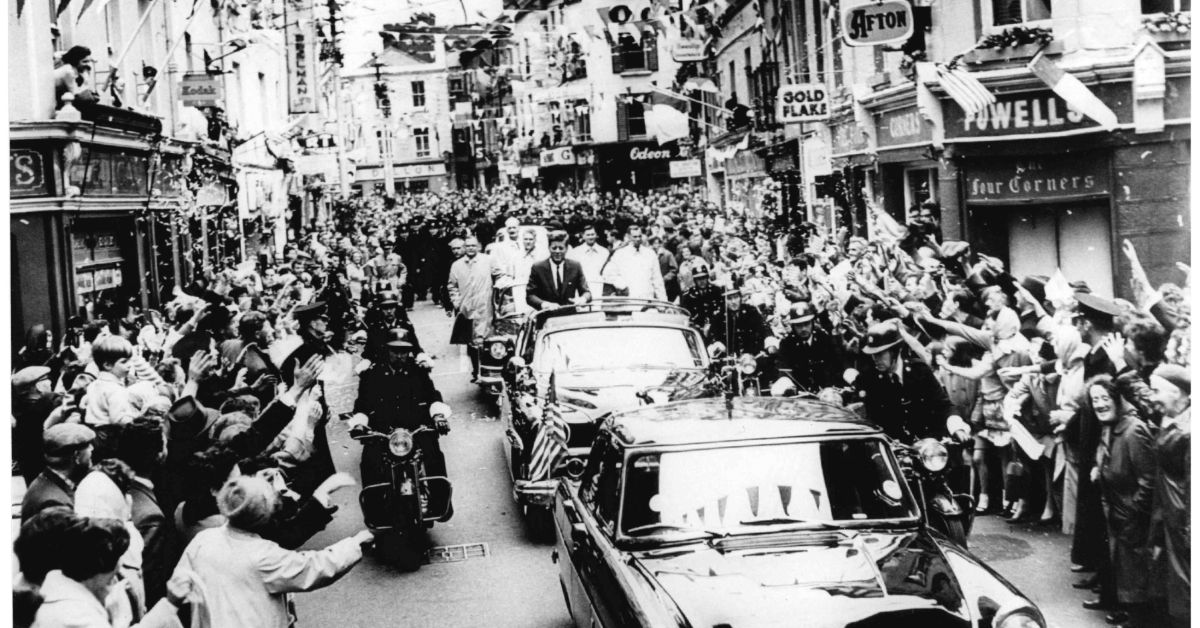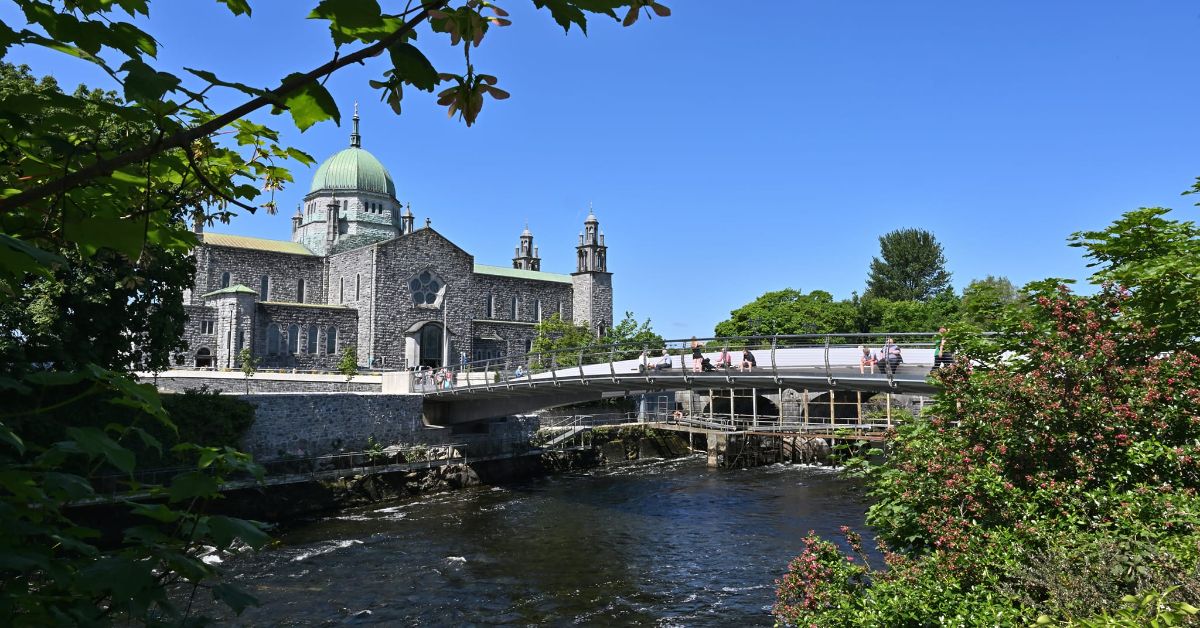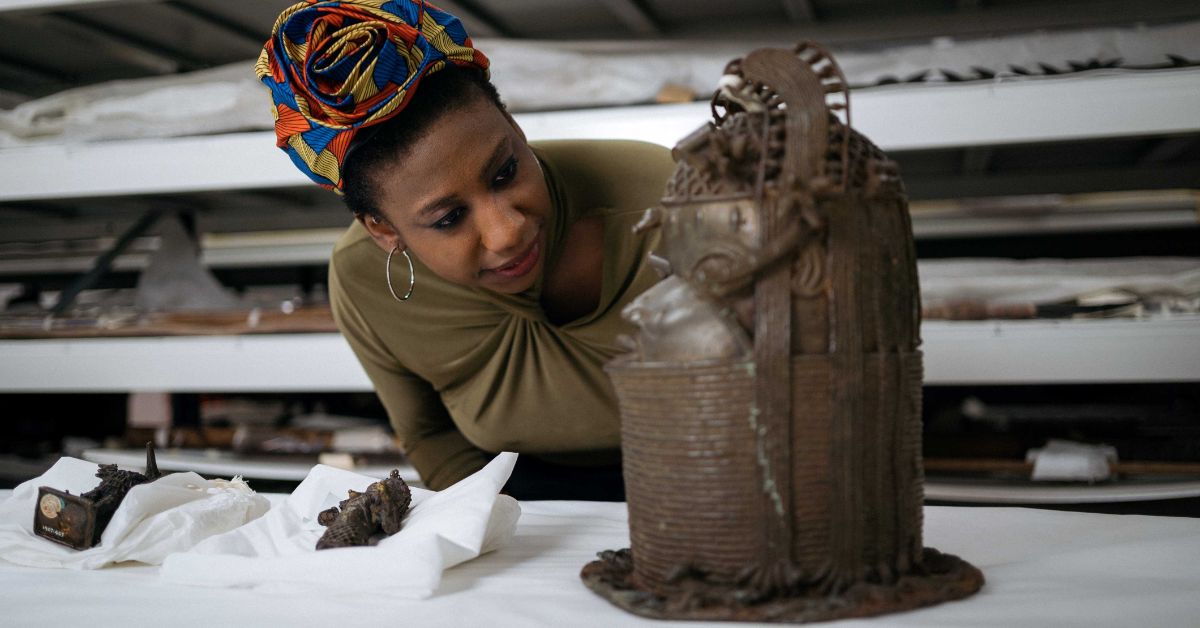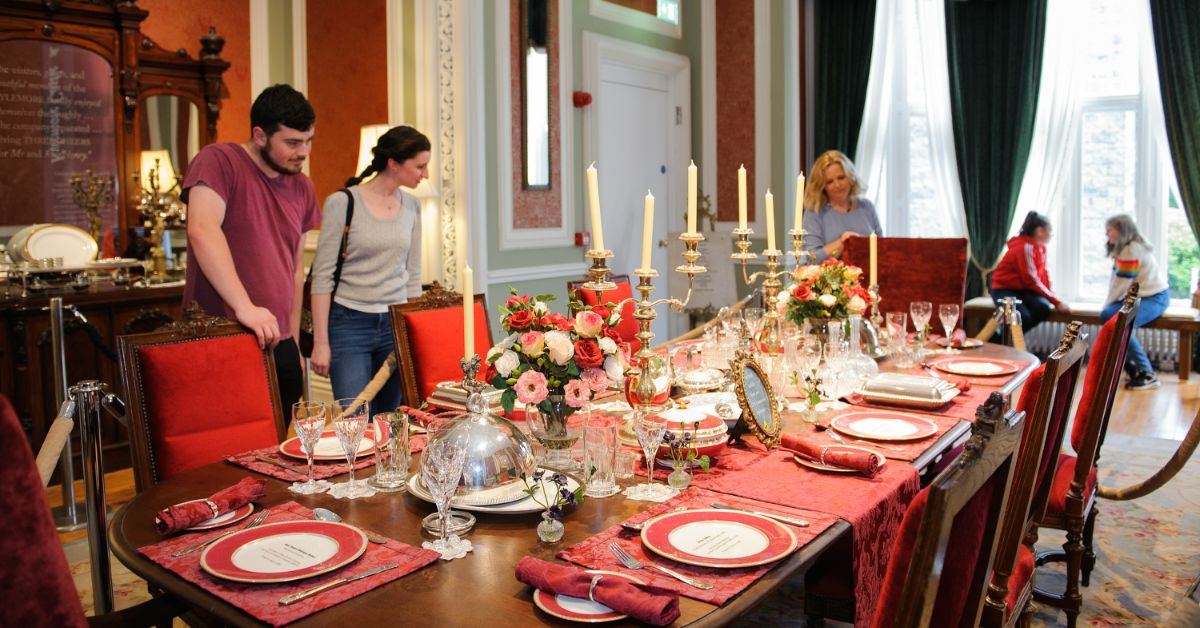Usually awash with a sea of excitable first years, bleary eyed final years and awe-struck visitors, University of Galway’s picturesque campus has been something of a ghost town for the past few months. While we eagerly await the return of our city’s student population and the beginning of a new academic year, we thought we would take a look back at the 175 years of history that brought this university to where it is now...
Fadó fadó in the year of 1845, the University of Galway was first granted a royal charter as one of the country’s three Queens Colleges. Four years of construction later, on 30 October 1849, the Quadrangle was opened and the university welcomed just 68 students through its doors - a student population which has grown to over 19,000 in recent years.
Inspired by Tudor Gothic architecture and built with local limestone, the Quadrangle stands proudly at the very heart of the University, fulfilling administrative purposes and housing the President and Vice-President’s offices. Fondly referred to as the Quad, this magnificent building is extremely well-photographed and is the first port of call for many happy heads come graduation day.
During the first academic year, there were three faculties on campus - Arts, Medicine and Law - while there were also schools of Agriculture and Engineering, with female students joining the student body at a later date and making waves ever since, outnumbering male students in 1920. It is believed that in 1906, Alice Perry became the first woman to graduate with a first class honours degree in civil engineering in Europe! Now that’s class.
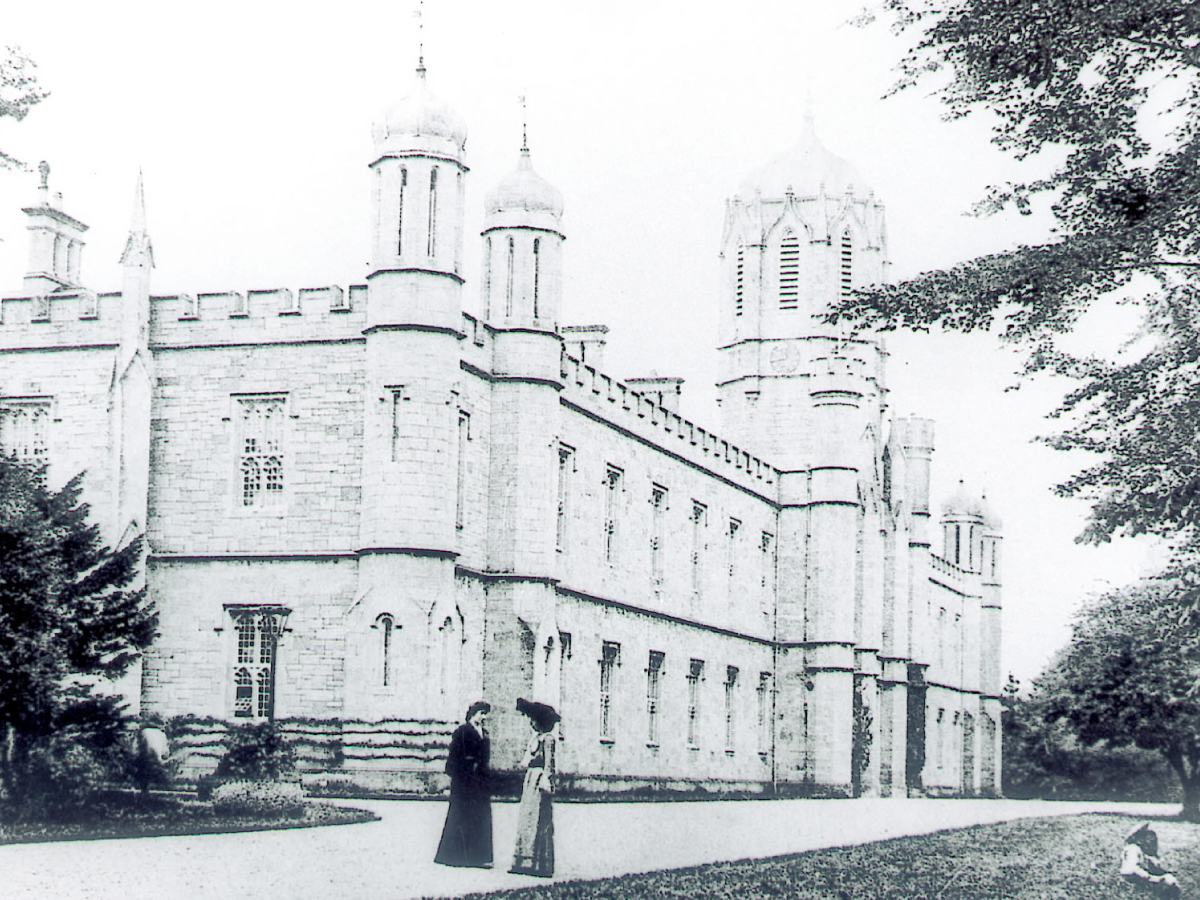
Photo via | © NUI Galway
While today students have over 150 societies to choose from at University of Galway, the first was initiated in 1852 in the form of the Literary and Debating Society. Fast forward to 1908 and Queens College became UCG - University College Galway - following the passing of the Irish Universities Act. Throughout the decades, the University’s staff and students were very involved in both our local and national histories, including playing part in the Easter Rising and World War I. President Michael D Higgins is among the many graduates who have gone on to reach every success.
In 1968, the University expanded upwards along the river Corrib and now comprises 105 hectares and more than 90 buildings. Only becoming known as the National University of Ireland Galway in 1997, the campus now features a Biomedical Science research centre, the O’Donoghue Centre for Drama, Theatre and Performance and the Institute for Lifecourse and Society, among other breathtaking buildings that make up the stunning campus.
Having amassed a multitude of awards and achievements over the years, University of Galway ranks among the top 1% of Universities in the world and is looked to as a good example of teaching excellence internationally. With close to two centuries worth of memories, you’ll be greeted with an awareness of days gone by and excitement for the future as you wander through the campus. You might just hear the echoes of laughter and get a vague whiff of sweaty, stressed out students while you’re at it.
Find out more about the University’s many merits, past pupils and plans for the future right HERE.
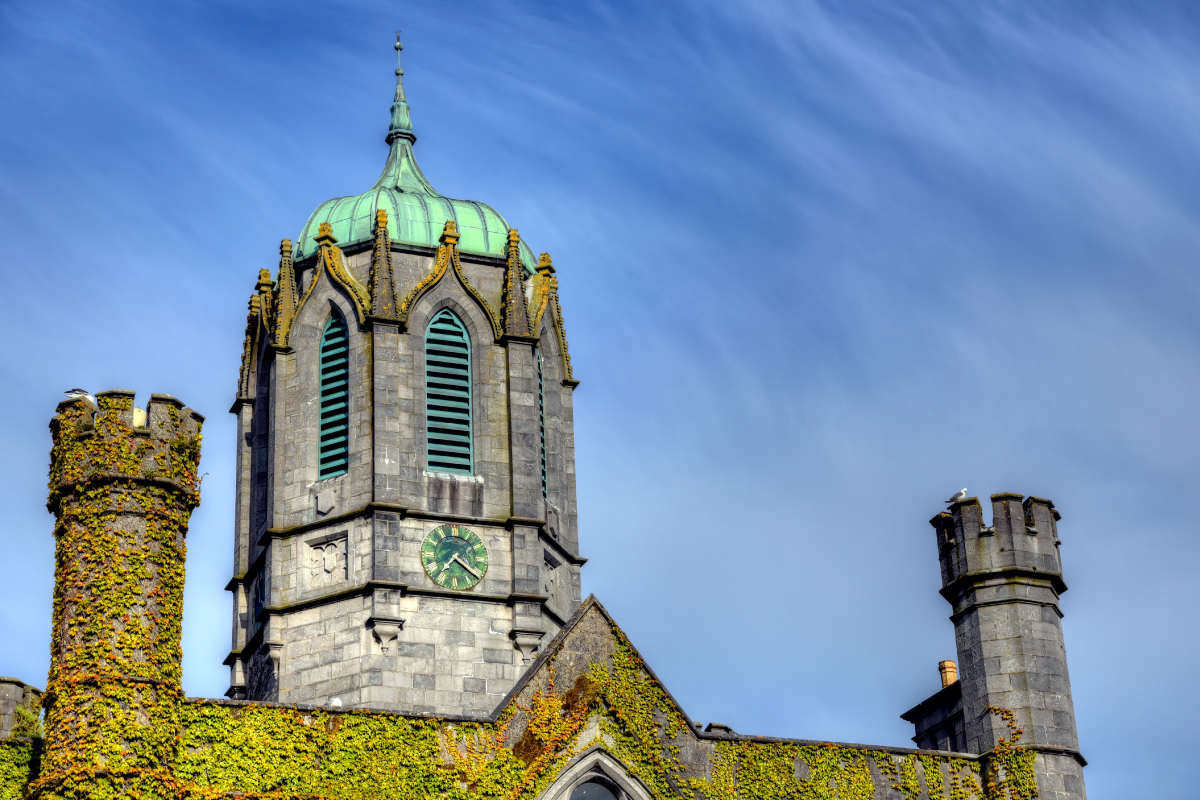
Feature image by | © Chaosheng Zhang



